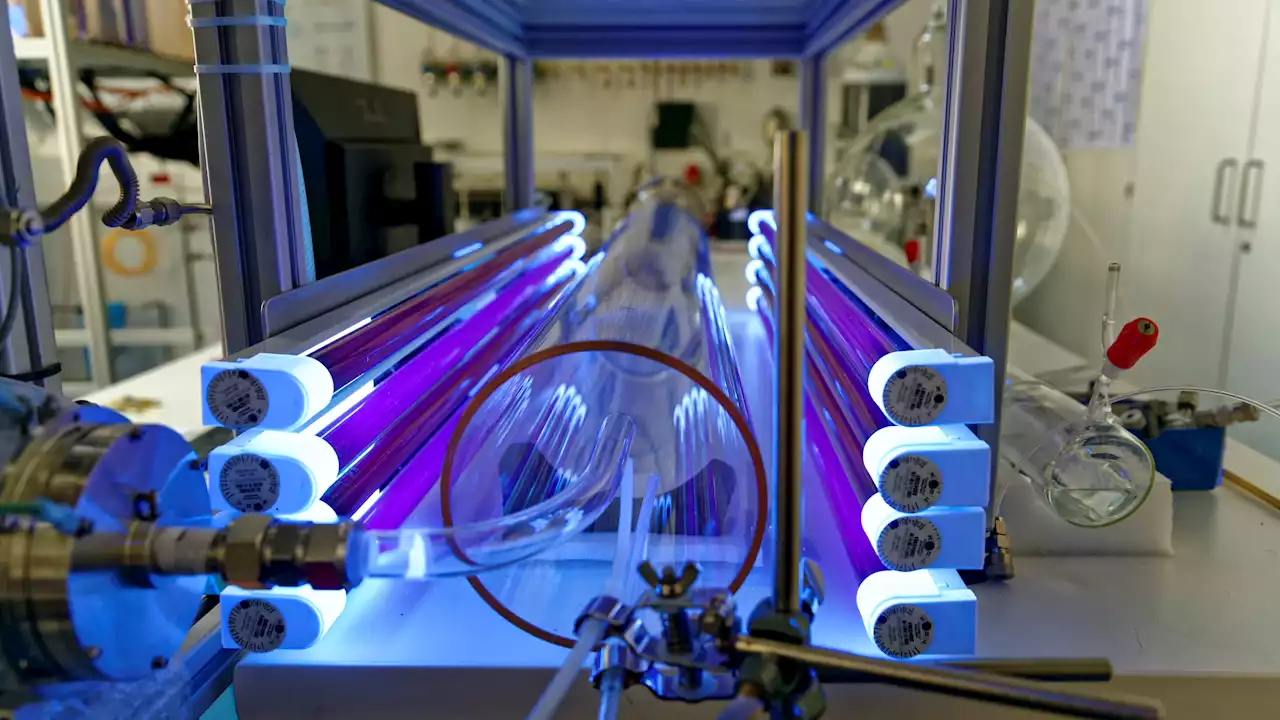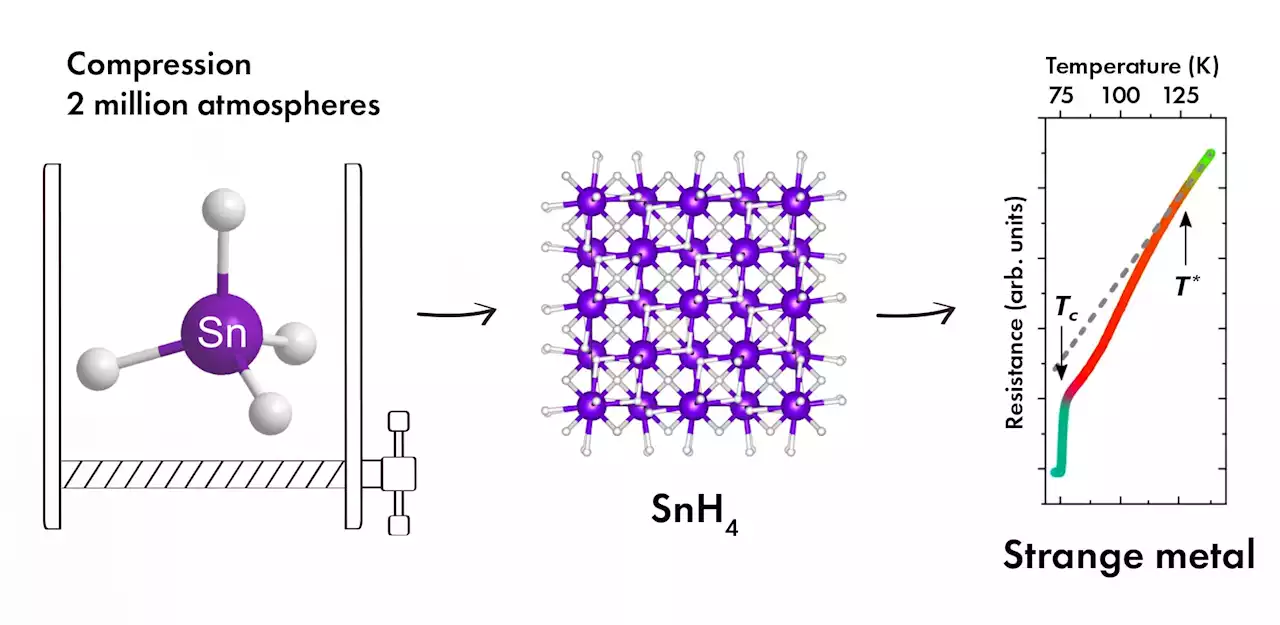Researchers have discovered some new and surprising ways that viral RNA and influenza virus are detected by human lung cells, which has potential implications for treating people affected by such viruses.
Researchers from Trinity College Dublin have discovered some new and surprising ways that viral RNA and influenza virus are detected by human lung cells, which has potential implications for treating people affected by such viruses.
These viruses primarily target respiratory epithelial cells to replicate, where they cause cell damage and death. Scientists have become aware that these epithelial cells are not mere passive barriers, helpless to attack, but instead are vital in driving the antiviral immune response. The team discovered that viral RNA and influenza viruses stimulate two different molecular pathways in which specific proteins set off chain reactions that result in two proteins called"gasdermin D" and"gasdermin E" being processed in such a way that they form membrane pores in the epithelial cells.
To assess the importance of this finding, the team suppressed the formation of the gasdermin pores to see what would happen, and this resulted in increased replication of influenza viruses, underlining how important these gasdermins are in the antiviral response.
United States Latest News, United States Headlines
Similar News:You can also read news stories similar to this one that we have collected from other news sources.
 New blood test for noncoding RNA significantly improves cancer detectionA lab is developing more accurate and powerful liquid biopsy technologies that take advantage of signals from RNA 'dark matter,' an understudied area of the genome.
New blood test for noncoding RNA significantly improves cancer detectionA lab is developing more accurate and powerful liquid biopsy technologies that take advantage of signals from RNA 'dark matter,' an understudied area of the genome.
Read more »
 Enhancing immune defenses: Researchers unveil the secrets of specialized T cells to conquer tumorsImmunologists have uncovered new approaches to enhance protection from tumors and infections. They have revealed new insights into the metabolism of specialized cells of the immune system known as tissue-resident CD8 T cells and how they could be enhanced as immune defense weapons against tumors.
Enhancing immune defenses: Researchers unveil the secrets of specialized T cells to conquer tumorsImmunologists have uncovered new approaches to enhance protection from tumors and infections. They have revealed new insights into the metabolism of specialized cells of the immune system known as tissue-resident CD8 T cells and how they could be enhanced as immune defense weapons against tumors.
Read more »
 Researchers demonstrate direct formation of sulfuric acid in the atmosphere without SO2In the atmosphere, gaseous sulfuric acid can form particles that influence the physical properties of clouds. Thus, the formation of sulfuric acid in the gas phase directly affects the radiative forcing and Earth's climate.
Researchers demonstrate direct formation of sulfuric acid in the atmosphere without SO2In the atmosphere, gaseous sulfuric acid can form particles that influence the physical properties of clouds. Thus, the formation of sulfuric acid in the gas phase directly affects the radiative forcing and Earth's climate.
Read more »
 Researchers discover tin hydride with properties of strange metalScientists from Skoltech, the Shubnikov Institute of Crystallography, and the Center for High Pressure Science and Technology Advanced Research (HPSTAR) in Beijing, China, are exploring the superconductivity of polyhydrides—compounds of metals and hydrogen formed at high pressure. These compounds are expected to function at higher temperatures than cuprate superconductors.
Researchers discover tin hydride with properties of strange metalScientists from Skoltech, the Shubnikov Institute of Crystallography, and the Center for High Pressure Science and Technology Advanced Research (HPSTAR) in Beijing, China, are exploring the superconductivity of polyhydrides—compounds of metals and hydrogen formed at high pressure. These compounds are expected to function at higher temperatures than cuprate superconductors.
Read more »
 Researchers track yeast population dynamics in fuel bioethanol productionResearchers at the State University of Campinas (UNICAMP) in Brazil, in collaboration with colleagues at Harvard University in the United States, conducted an innovative study of the DNA and population dynamics of Saccharomyces cerevisiae, the yeast used to produce fuel ethanol from sugarcane by plants throughout Brazil, with the aim of finding routes to more stable, consistent and predictable fermentation performance.
Researchers track yeast population dynamics in fuel bioethanol productionResearchers at the State University of Campinas (UNICAMP) in Brazil, in collaboration with colleagues at Harvard University in the United States, conducted an innovative study of the DNA and population dynamics of Saccharomyces cerevisiae, the yeast used to produce fuel ethanol from sugarcane by plants throughout Brazil, with the aim of finding routes to more stable, consistent and predictable fermentation performance.
Read more »
 Researchers reveal stable isotope variation during below-cloud evaporationBelow-cloud evaporation is the evaporation of raindrops under unsaturated water vapor pressure and from cloud base to the ground during precipitation, leading to variability in the ratio of stable isotopes in rainfall. It can affect local small-scale rainfall events. Therefore, it is necessary to investigate the evolution mechanism of stable isotopes in arid and semi-arid areas under below-cloud evaporation.
Researchers reveal stable isotope variation during below-cloud evaporationBelow-cloud evaporation is the evaporation of raindrops under unsaturated water vapor pressure and from cloud base to the ground during precipitation, leading to variability in the ratio of stable isotopes in rainfall. It can affect local small-scale rainfall events. Therefore, it is necessary to investigate the evolution mechanism of stable isotopes in arid and semi-arid areas under below-cloud evaporation.
Read more »
